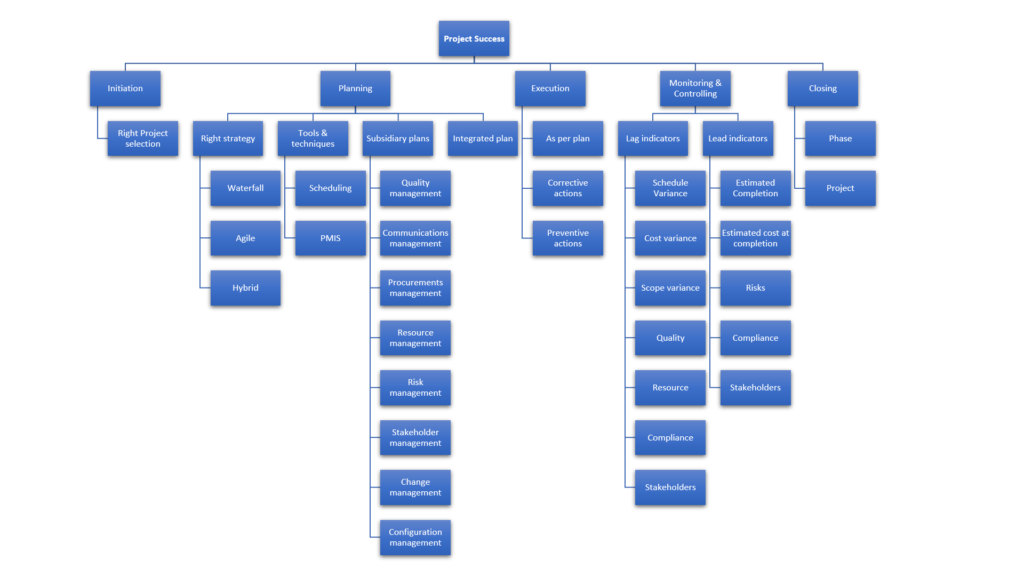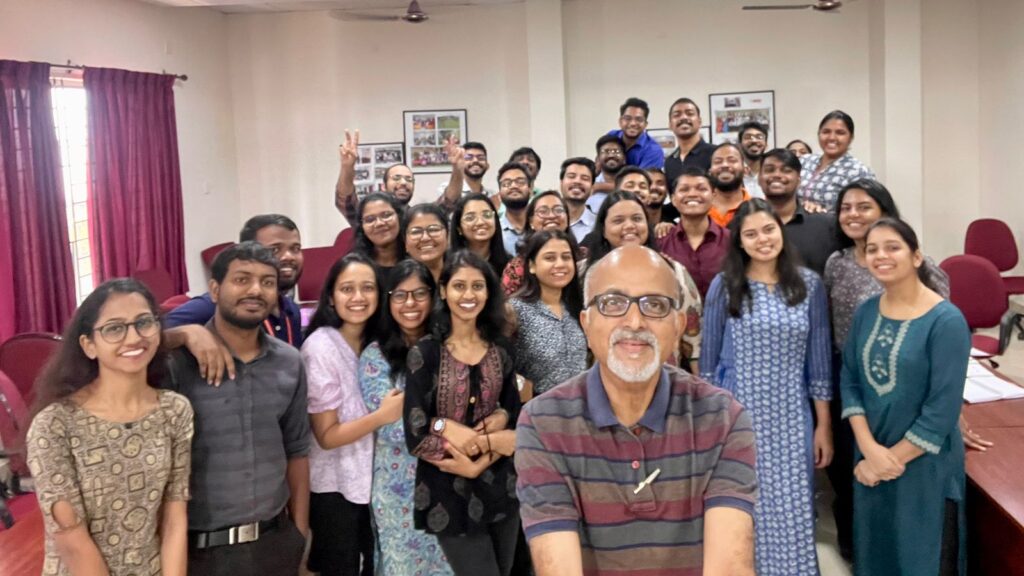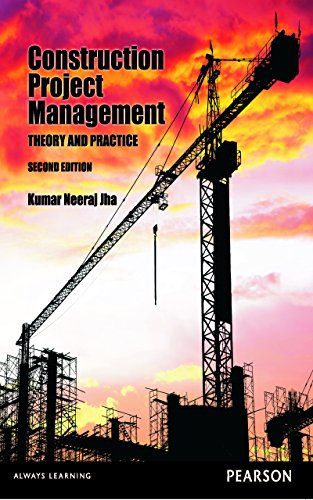Last week, Mr. Daniel, the CEO of Wrench Solutions, inquired about my perspective on global warming and climate change. Initially, I held a dismissive view, underestimating their impact on the daily lives of ordinary citizens, assuming these issues wouldn’t affect those who may not witness their long-term consequences. However, my perception underwent a significant shift during my five-year-old grandson’s Christmas vacation in Kerala, where he hesitated to explore due to unusually high temperatures and humidity. Traditionally, December attracted visitors from cooler regions to Kerala, renowned as “God’s own country” for its lush greenery. This norm has changed. This simple incident, coupled with the recent earthquake and tsunami in Japan, shattered my perception of global warming and climate change as distant possibilities, making me realize their tangible and immediate effects on our lives. This triggered this article.
Greenhouse effect and Global warmng
Greenhouse effect
The greenhouse effect is a natural process that warms the Earth’s surface. It involves the trapping of heat in the Earth’s atmosphere by certain gases known as greenhouse gases.
Solar radiation from the sun reaches the Earth. The Earth’s surface absorbs some of this energy and then radiates it back into the atmosphere as infrared radiation. Greenhouse gases, such as carbon dioxide (CO2), methane (CH4), nitrous oxide (N2O), and water vapor, absorb and re-emit some of this infrared radiation. This process traps heat in the atmosphere, preventing it from escaping into space. Without the greenhouse effect, the Earth’s average temperature would be much colder, making it inhospitable for life as we know it.
Global warming
Global warming refers to the long-term increase in Earth’s average surface temperature. It is primarily driven by human activities that increase the concentration of greenhouse gases in the atmosphere. Human activities, such as burning fossil fuels (coal, oil, and natural gas), deforestation, and certain industrial processes, release large amounts of greenhouse gases. This enhanced release amplifies the natural greenhouse effect. The additional greenhouse gases trap more heat, leading to an overall warming of the Earth’s surface. This warming trend has been observed over the past century and is a major component of contemporary climate change. The consequences of global warming include rising sea levels, more frequent and intense heatwaves, changes in precipitation patterns, and shifts in ecosystems, among other impacts.

Image Courtesy – Wikipedia
Effects of global warming
- Temperature Rise: One of the most significant trends is the overall increase in global temperatures. The Earth’s average surface temperature has been rising over the past century, with the last few decades experiencing more accelerated warming. This is a clear indication of the impact of human activities, primarily the emission of greenhouse gases.
- Extreme Weather Events: There has been an observed increase in the frequency and intensity of extreme weather events, including heatwaves, hurricanes, floods, droughts, and wildfires. These events are consistent with climate models’ predictions and are impacting various regions worldwide.
- Melting Ice and Glaciers: The warming climate is contributing to the melting of ice caps and glaciers in polar and mountainous regions. This melting has implications for rising sea levels, threatening coastal areas and island nations.
- Sea Level Rise: As temperatures rise, thermal expansion and the melting of ice contribute to sea level rise. This trend poses a significant threat to low-lying coastal areas, leading to increased risks of flooding and erosion.
- Ocean Warming: The world’s oceans are absorbing much of the excess heat trapped by greenhouse gases. This has led to ocean warming, impacting marine ecosystems, coral reefs, and fisheries.
- Arctic Amplification: The Arctic region is experiencing more rapid warming compared to the global average, a phenomenon known as Arctic amplification. This has consequences for the region’s ecosystems, wildlife, and indigenous communities.
- Changes in Precipitation Patterns: Climate change is influencing rainfall patterns, resulting in shifts in the timing, intensity, and distribution of precipitation. Some areas are experiencing more intense rainfall and flooding, while others face prolonged droughts.
- Ocean Acidification: Increased absorption of carbon dioxide by the oceans is leading to ocean acidification. This can have detrimental effects on marine life, particularly organisms with calcium carbonate shells or skeletons, such as corals and certain shellfish.
- Thawing Permafrost: In colder regions, permafrost is thawing, releasing stored carbon and methane into the atmosphere. This contributes to a positive feedback loop, as these greenhouse gases further contribute to global warming.
- Species Range Shifts: Many plant and animal species are undergoing shifts in their geographic ranges as they respond to changing climate conditions. Some are moving towards higher latitudes or elevations in search of suitable habitats.
Key Contributors to Global Warming and Climate Change
- Burning of Fossil Fuels: The combustion of fossil fuels for energy is a major source of carbon dioxide emissions. Power plants, industrial facilities, and transportation (cars, planes, and ships) release substantial amounts of CO2 into the atmosphere.
- Deforestation: Trees act as carbon sinks, absorbing CO2 during photosynthesis. Deforestation, or the clearing of large forested areas, reduces the number of trees available to absorb CO2, contributing to higher atmospheric concentrations of greenhouse gases.
- Industrial Processes: Certain industrial activities release not only CO2 but also other potent greenhouse gases, such as methane and nitrous oxide. For example, agricultural practices, including livestock farming and rice cultivation, can produce significant methane emissions.
- Land Use Changes: Alterations in land use, such as urbanization and changes in agricultural practices, can influence local and regional climates. Urban heat islands, for instance, result from increased heat absorption and retention in urban areas.
- Waste Management: Improper waste management, especially the decomposition of organic waste in landfills, generates methane emissions. Additionally, the incineration of waste materials can release greenhouse gases.
It’s important to note that while natural factors can influence the climate, the current trend of global warming and climate change is largely attributed to human activities. Efforts to mitigate these impacts involve reducing greenhouse gas emissions, transitioning to renewable energy sources, and implementing sustainable practices across various sectors.
In conclusion, the phrase “There is no Planet B” serves as a stark reminder of the unique and irreplaceable nature of our home, Earth. As we witness the impacts of climate change, environmental degradation, and the depletion of natural resources, it becomes increasingly clear that we must act collectively to preserve and protect the only planet we have. Embracing sustainable practices, conserving biodiversity, and addressing climate change are not just choices; they are imperative for the well-being of current and future generations. By acknowledging the absence of an alternative planet, we emphasize the responsibility we bear to be stewards of Earth, fostering a commitment to sustainable living and environmental stewardship for the sake of our shared home.




